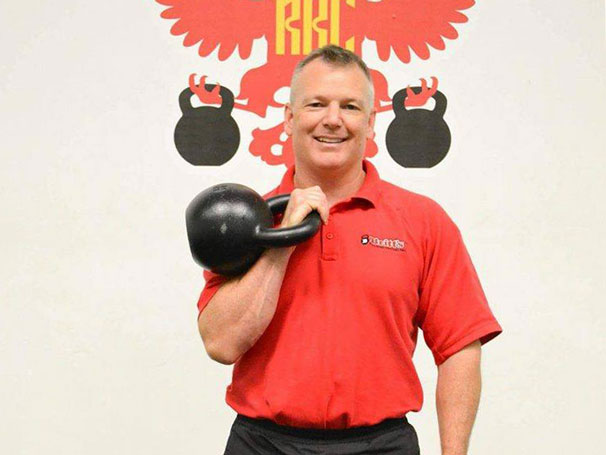
How do you warm up for training? Is there a flow and/or pattern to it? How about the cool down afterwards? I like to consider economy of movement in my warm-ups because it tends to speed up my prep and my cool down. I want the warm-up to systematically prepare me for the session ahead—and I have designed it to work on my mobility and stability issues. In our modern society, we all seem to have similar thoracic restrictions, core stability, active straight leg raise restriction, and toe touch difficulties.
I perform the warm-up in a circuit for one or two sets. Even though one set is typically enough, if I am not warmed up appropriately when I get to the end of the first set, I will add a second. I want to make sure that nothing is left out of my full-body warm-up. The same goes for the cool down—I want to make sure that I hit all my issues that need work. I use this particular flow because my issues are thoracic mobility restriction, ankle mobility. Since I am sitting a lot in class, those are the areas where I concentrate at the start and finish of my workout session.
I start my warm-up with a minute or two on the foam roller. If you have to spend a lot of time on your foam roller or if you’ve named it, get checked out by a professional of some type. I really do a quick run through with it to scan and work through any major trigger points. After the roller, it is time to start moving and warming up.
Perform the following in a circuit:
- Tall kneeling halo x 10 each way with a light kettlebell
- 1 RKC armbar on each side
- Bretzel left and right
- Pump stretch x 10
- 1 Get-up on each side
- 5 Prying goblet squats with same weight as the Halo
After one or two times through my warm-up circuit, I perform five kettlebell deadlifts. I stand up and reset on each lift to perfectly set the groove. In general with my warm-up, everything starts on the ground and moves upward. It is easy to transition from tall kneeling to lying to the deadlifts at the end. It tends to flow well for me.
My cool down follows the same progression, and also moves from the ground up:
- Supine piriformis stretch, 10 seconds left and right
- Bretzel left and right
- Shin box stretch (video)
- Heel sit stretch
- Child pose
- Frog stretch
- RKC hip flexor stretch
- Hip flexor stretch with a twist
- Elongated hip flexor stretch
- Standing hamstring stretch
- Cossack stretch
- Shoulder stretch left and right
- Pull-up bar hang
Just like the warm-up, I like to move in a flow from the ground up. I did not specify any particular reps for the cool down, instead I typically use my breath to move through the stretches. I find that 3-5 diaphragmatic breaths will safely move me to the edge of my range of motion. I designed the warm-up and the cool down to flow from one position to the next with economy, this makes it faster than if I just did random stretches and warm-ups. Find out the issues you need to address and create a flow that allows you to move smoothly and quickly through the series.
If you are pinched for time, for a workout you could actually load the get-up and squat with a kettlebell and move through the circuit several times. You will benefit from the mobility work and build strength on an open frame. But only load those two exercises in the series. The kettlebell halo and RKC armbar are not strength exercises, they are movement prep and mobility/stability work, so a heavy load is not appropriate or safe.
***
Senior RKC Paul Britt has been an RKC kettlebell instructor since 2006. Paul trains people at workshops and privately. Paul is currently attending Parker University working on his Doctor of Chiropractic degree Paul has served as an assistant instructor at many RKC and HKC Courses, is a Certified Kettlebell Functional Movement Specialist (CK-FMS) and works with some of the top Chiropractors in North Texas. Please visit his website for more information or to contact him
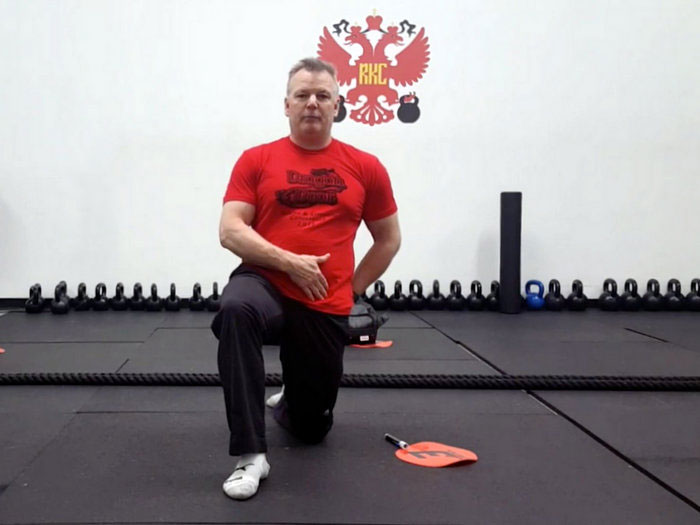
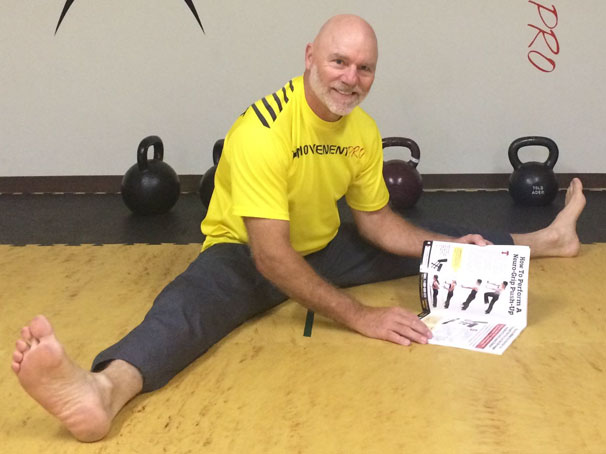
 In our convenient Western lifestyle, we tend to stay further and further away from the ground. We don’t lie down or sit on the ground. However, sitting on the ground will potentially improve your
In our convenient Western lifestyle, we tend to stay further and further away from the ground. We don’t lie down or sit on the ground. However, sitting on the ground will potentially improve your 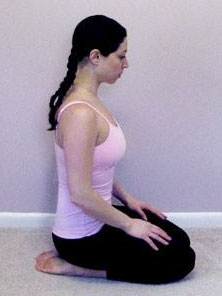 Sitting on Your Heels
Sitting on Your Heels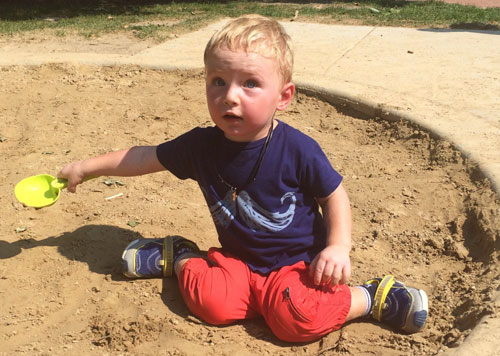
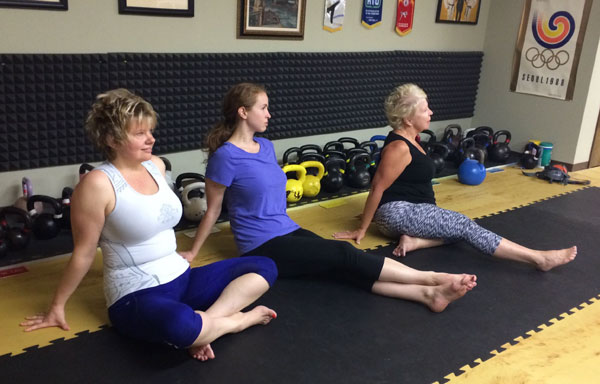
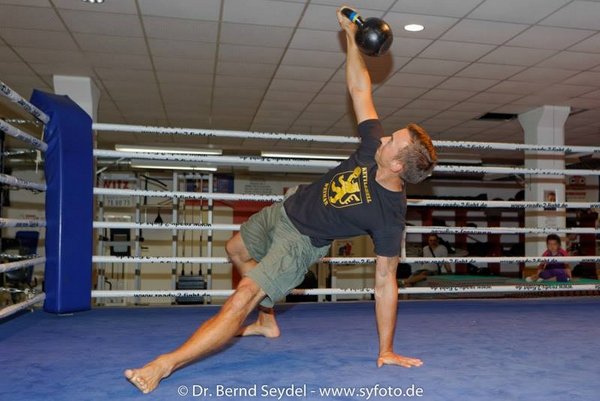
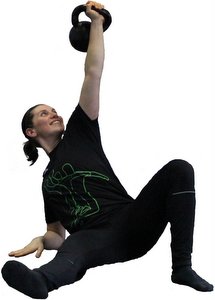 Your body learns to work as a whole unit when performing a Turkish get-up.
Your body learns to work as a whole unit when performing a Turkish get-up.